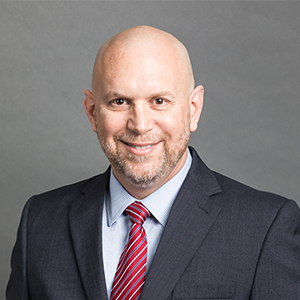
The 21st Century is a marvel of information technology moving at the speed of light.
Today's consumer is well informed, more so than any other time in history due to
the improved communication that comes from the internet, apps, and social media
platforms. With the increasing amounts of information available today,
businesses
have noticed an emerging hyper-consumerism in today's marketplace. Consumers
spend more time researching the purchase of a good or service now than ever
before. One of the most prolific industries examined by today's consumers is the
healthcare industry.
With rising insurance premiums, many consumers
are opting for high-deductible health plans. However, because of the higher
upfront cost of healthcare that comes along with these high-deductible plans,
many people forgo or delay their medical care. The effect of the delay in
treatment can lead to more extensive treatment needed which in turn will be
costlier for the patient. With the increased out-of-pocket cost, many people in
today's
society have problems paying medical bills.
The combination of higher
patient responsibility and patients struggling to pay medical bills requires
healthcare providers to change their approach to the healthcare revenue cycle.
With 84% of physicians stating the prior authorization burden has increased*, evaluating the authorization
process as a significant part of the revenue cycle is compulsory in today's
economic
climate.
The simple issues of receiving prior authorization from the
insurance companies and not knowing a patient's true financial responsibility at
the time of their appointment lead to an increase in bad debt and a decrease in
patient satisfaction. Despite the many improvements in healthcare and
technology, obtaining prior authorization for medical procedures is most often a
time-consuming and manual process. The staff member must call the payer or
interact
with the payer's website and then follow up until they receive a decision.
Approximately 64% of physicians who participated in a separate survey conducted
by the American Medical Association** reported that their practices
wait for a minimum of one business day and 30% report waiting at least three
business days for prior authorization decisions before the patient is scheduled
for their procedure. These delays in prior authorizations
also lead to a 92% overall delay
** in care. This same report ** states that 78% of the
physicians surveyed reported that the patients abandoned treatment at a higher
rate
than those who received authorization within less than one business day. Today's
patients have a limited time for medical procedures and will seek out other
resources (walk-in clinics, holistic care facilities) who can attend to them
in a timelier fashion. All of these factors together will inevitably cause a
decrease in patient satisfaction.
This manual authorization process is inefficient and has a
significant cost assigned to it. Aside from the staff hours needed to process
prior authorizations, a large percentage of all denials are the result of
authorization
or patient registration issues. Factor in the cost of personnel to complete the
process a second time which will also then increase the wages paid out by
medical facilities and physician practices.
Interestingly, the same
technology that contributes to this problem may also be the technological
solution we can embrace. As with many of today's everyday tasks, Artificial
Intelligence and automation could very well be the answer to the revenue cycle
and
patient satisfaction problem. With today's technology, we receive a quote for
the newest electric automobile or obtain permission to visit a foreign country
by merely filling out a simple form.
So why can't we automate the
prior authorization process and know what the patient's financial responsibility
is while they are standing at the reception desk?
There are software
systems available today that can do just that.
Thanks to automation,
your hospital, practice, or radiology center can now automate the prior
authorization process as well as work out financial arrangements with the
patient at the time of the visit.
The prior authorization workflow
traditionally
involved three steps: determination, submission, and status. For the
authorization process to be fully automated, the right software program must
automate all three stages. The right software must include the rules for
authorization
from all payers and must be kept up to date. To ensure that claims are approved,
there must also be a check to determine medical necessity in each case
submitted. The software must process the submission and be able to receive the
appropriate status and payment information in real-time.
Thankfully,
the same technology that we cursed at the beginning of this post can now save
us. The nightmares of physicians everywhere can now be scrubbed of the twin
monsters of prior authorization and payment solutions. Slain is the twin
monsters of prior authorizations and patient payments, and patient consumerism
is addressed in a positive-and ultimately profitable-manner.
- * Survey: Patient Clinical Outcomes Shortchanged by Prior Authorization
- **2017 AMA Prior Authorization Physician Survey









 ©
- CMS Imaging, Inc. All Rights
Reserved
©
- CMS Imaging, Inc. All Rights
Reserved

Comments
Leave a Comment